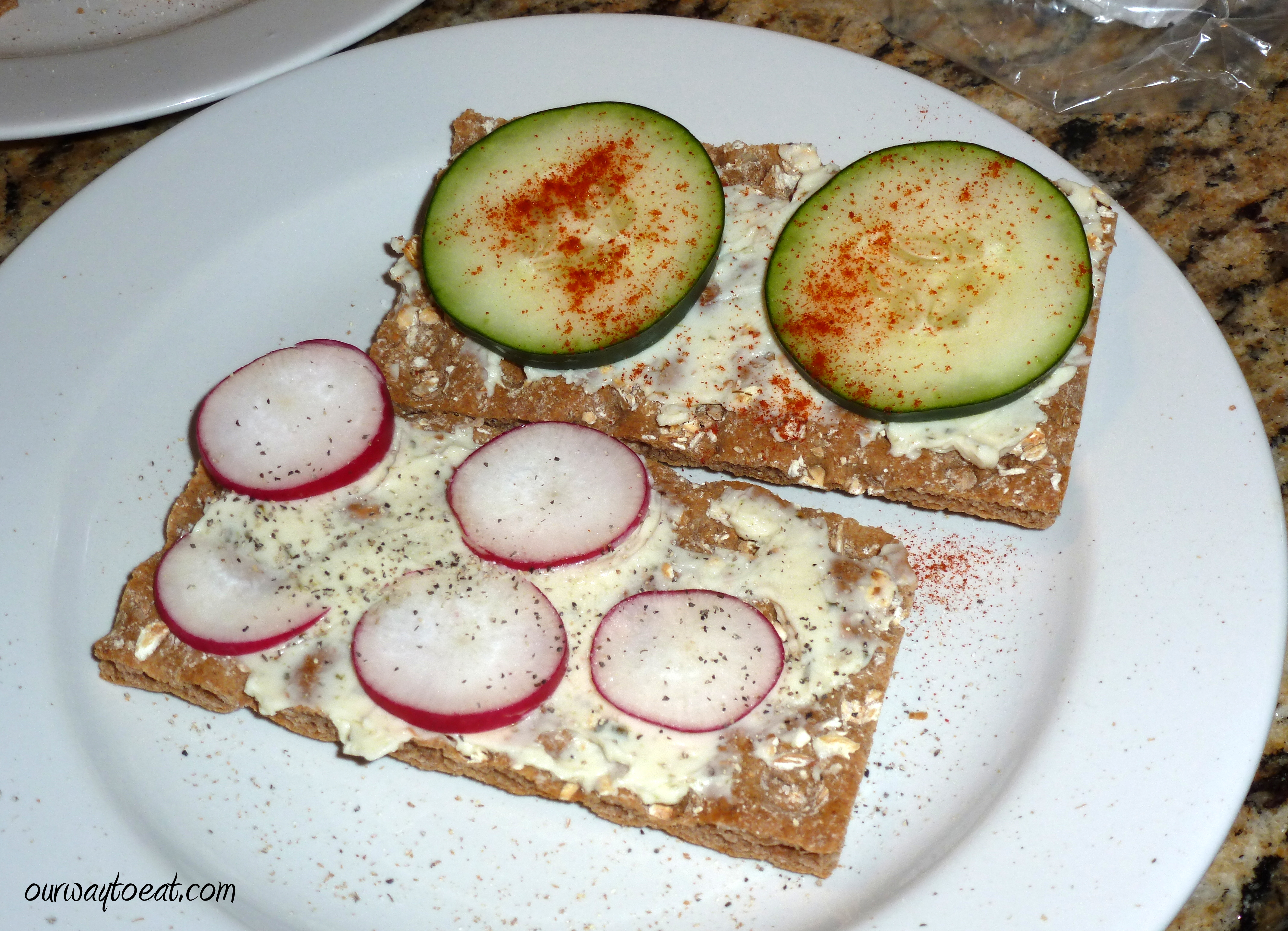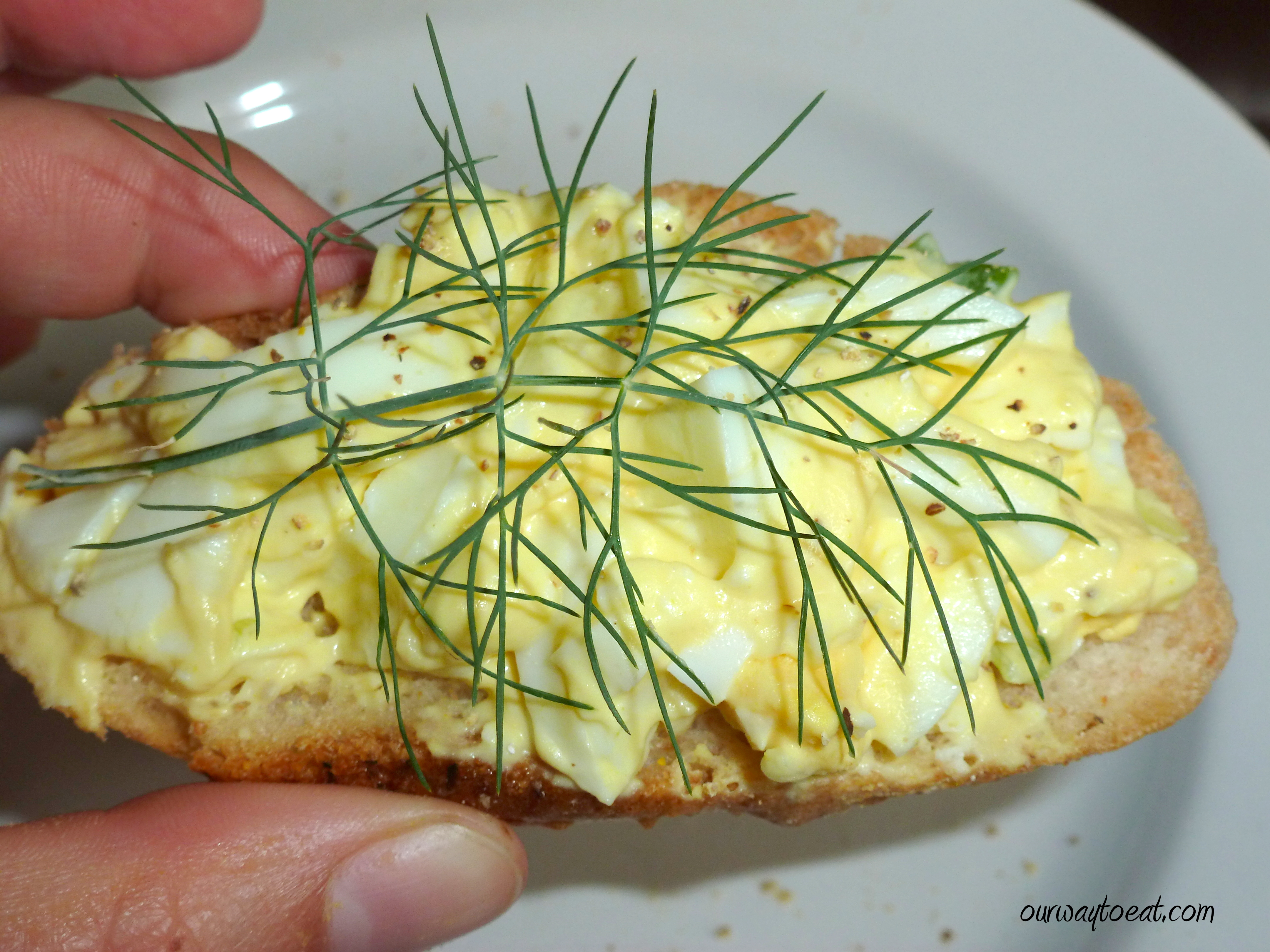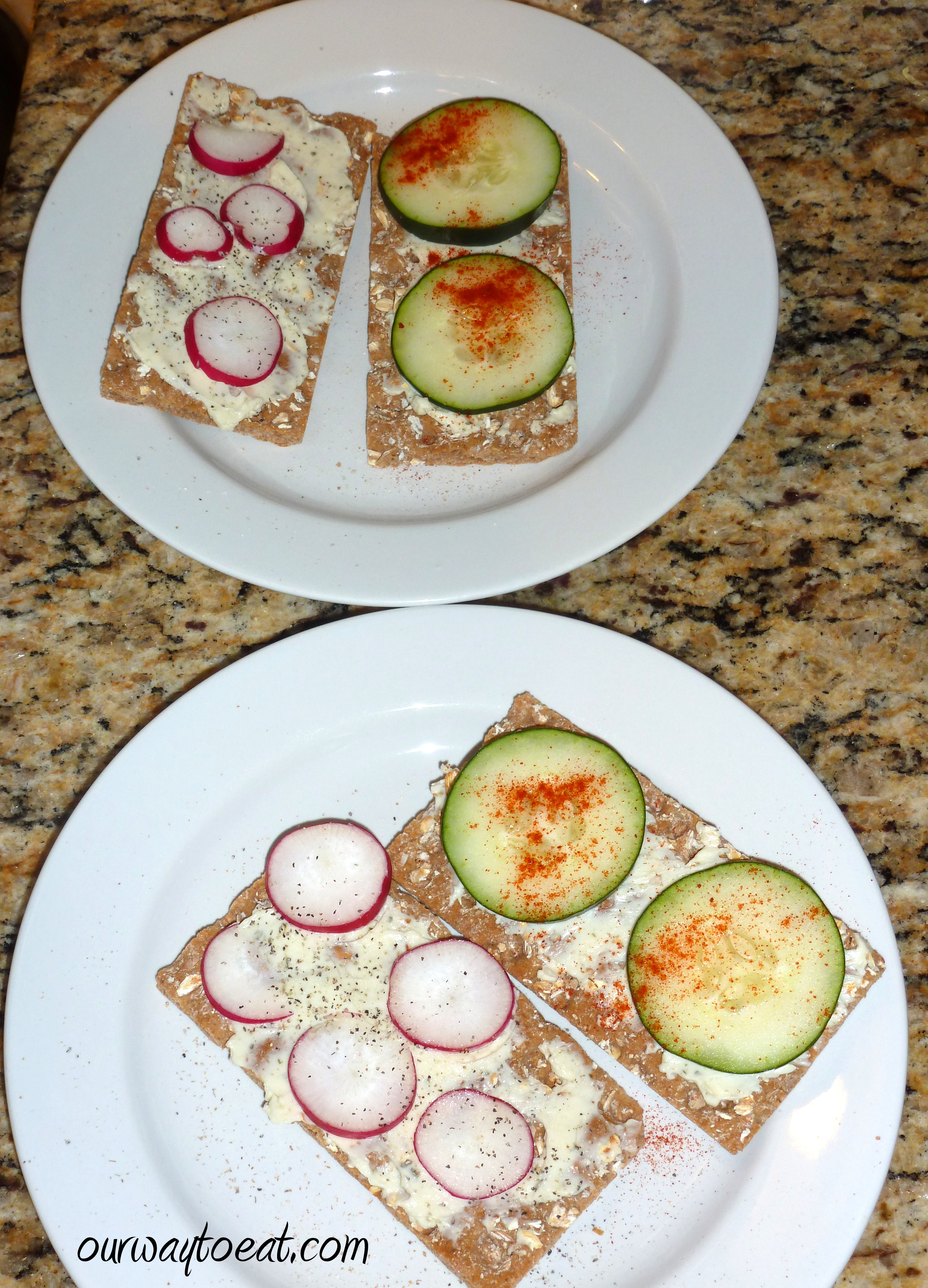I’ve been thinking about snacks. If you say the word “snack” I associate it with the small plate containing Triscuit crackers with peanut butter and jam or slices of cheddar cheese that greeted me after school when I was a child. I recall the semester that I studied abroad in England the break between morning lectures was an occasion for friends meeting in a dorm room for cups of instant coffee and McVitie’s Biscuits. It also calls to mind taking part in the ritual of afternoon noshes — a tiny bowl of salty-crunchy bits and nuts served with a cocktail and a crossword at my great Aunt Margaret’s home Victoria, British Columbia — très sophistiqué. In these moments, snacking served a dual purpose — it was a time to pause and enjoy a simple and comforting luxury, and to stave off hunger for a few hours more until mealtime arrived.
If you don’t happen to be in the midst of childhood or your college years, or making precious memories with elderly relatives, snacking can have a dark side. This would be most snacks that come in 100 calorie servings sealed in shiny wrapping, or anything mindlessly inhaled while standing fridge-side. I don’t find those snacks to be satisfying. For me, a snack composed according to a few simple principles fits into the romantic episodes in my life as well as the real world. Take this tasty morsel — a tiny slice of rye bread topped with a little leftover egg salad and a sprig of fresh dill from my garden. It is well worth saving a few leftover spoonfuls of egg salad so I can have a snack like this one in the middle of a summer afternoon.
The first principle of a good snack is that it should be quick. It should take less than 5 minutes, or preferably less than 3 minutes to prepare. I start each day with only so much energy to devote to food preparation, and I don’t want to devote very much of that to snacks. I like to keep a small bowl of hard-boiled eggs in the fridge so we can grab one for a snack at work. It only takes a moment to crack the shell and eat it with a little salt and pepper. The protein and small amount of fat that an egg contains can sustain me through the afternoon.
The second principle of a good snack is that it should either be light, or very very small. I usually opt for light. For this snack that I prepared for myself and for Bjorn, I spread a wedge of light Laughing Cow cheese on two Wasa Crispbread Crackers. I sliced a radish and some cucumber very thin. I sprinkled a little smoked paprika on the cucumber and a dash of salt and pepper on the radish. The whole snack contains less than 150 calories, and also healthy things like fiber. You can enjoy the crunch of the crackers and veggie slices, the creaminess of the cheese, and take in the brightly colored veggies with a punch of paprika with your nose and your eyes.
The final principle of good snacking is to pause. While eating, it is so important to take a moment to pay attention, so you know you’ve eaten something, and to appreciate the nourishment. I also try to pause when I’m done. If it was a tasty snack, I might think that I want a little more, but if I give my mind and stomach ten minutes to catch up with each other, I usually find that I’m satisfied.






